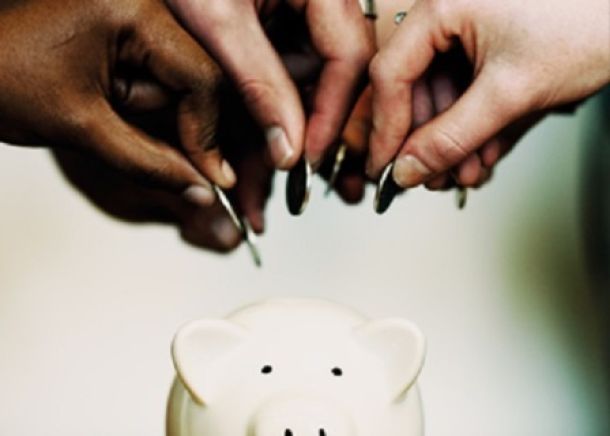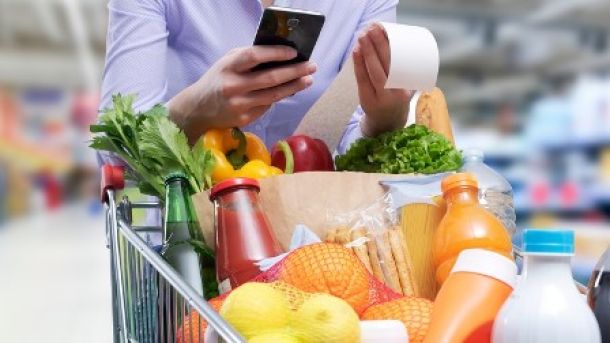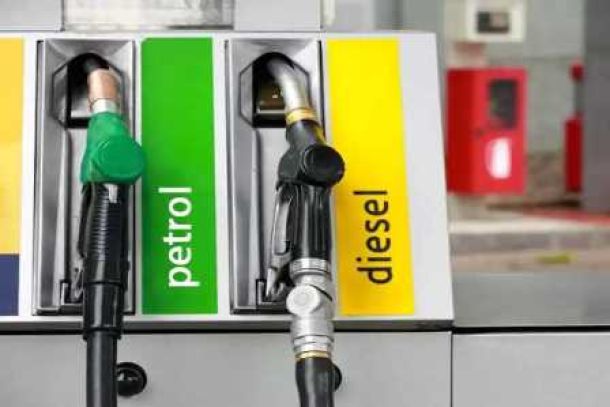Household credit growth sinks to five-year low
Growth in the total value of outstanding credit balances in the South African household sector slowed down further to 3.3% year-on-year (y/y) at the end of in February 2015 to its lowest level since January 2010, according to Jacques du Toit, property analyst at Absa Home Loans.
Growth in both household secured and unsecured credit balances was lower at end-February compared with the same month a year ago.
Household secured credit balances, with a value of R1 082.7bn at end-February and 75.9% of total household credit balances, showed growth of 2.8% y/y at the end of February. This is marginally down from 2.9% y/y at end-January. Secured credit includes instalment sales, leasing finance and mortgage loans.
Growth in household unsecured credit balances, amounting to R344.7bn at end-February and 24.1% of total household credit balances, was recorded at 5% y/y at the end of February (5.3% y/y at end-January). Unsecured credit consists of general loans and advances, credit card debt and overdrafts.
The value of total outstanding private sector mortgage balances, comprising commercial and residential mortgage loans, recorded 4.4% growth y/y at end-February, largely driven by continued double-digit growth in corporate mortgage balances (28.5% of total private sector mortgage balances), whereas growth in household mortgage balances remained relatively low.
Growth in outstanding household mortgage balances was unchanged at 2.2% y/y at end-February from the end of January. The value of outstanding mortgage balances is the net result of all property transactions related to mortgage loans, including additional capital amounts paid into mortgage accounts and extra monthly payments above normal mortgage repayments.
Factors related to the economy and household finances which impact consumer confidence will continue to drive the demand for and the accessibility and cost of mortgage finance and household credit in general.
These factors include economic growth, employment, interest rates, income growth, savings, consumer credit risk profiles and banks’ risk appetite and lending criteria.
Consumer price inflation is forecast to rise to a level of above 6% by late 2015 and in 2016, with anticipated interest rate hikes in September this year and during the course of next year, which will further increase the cost of servicing household debt.
News Category
- International retailers
- On the move
- Awards and achievements
- Legislation
- Wine and liquor
- Africa
- Going green
- Supplier news
- Research tools
- Retailer trading results
- Supply chain
- Innovation and technology
- Economic factors
- Crime and security
- Store Openings
- Marketing and Promotions
- Social Responsibility
- Brand Press Office
Related Articles

Empowering South African households through gro...

SPAR shares practical tips to beat food inflation

South African motorists could be paying up to R...

Big VAT changes on the cards


